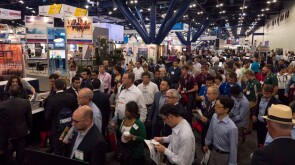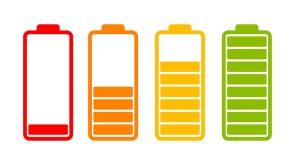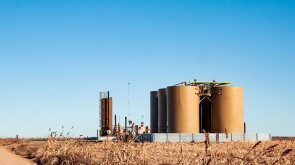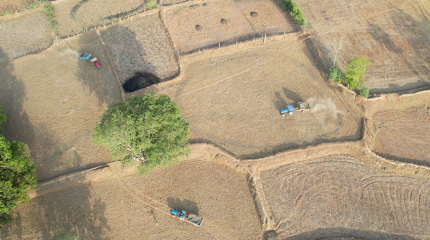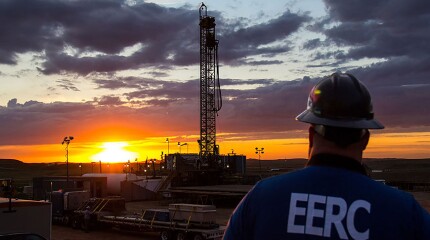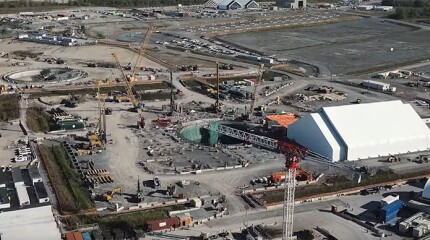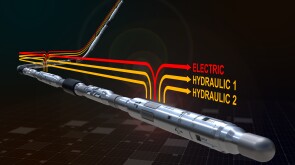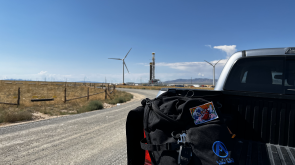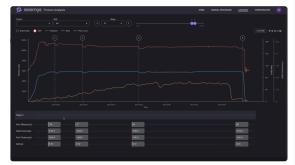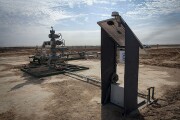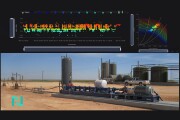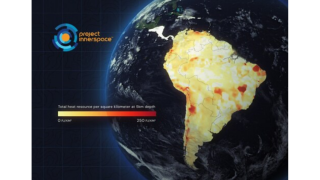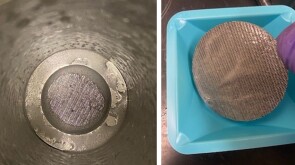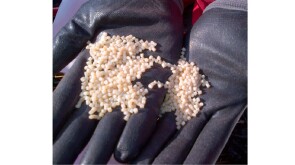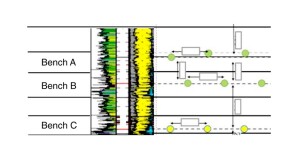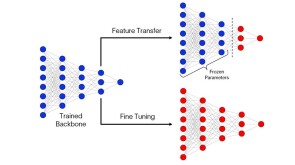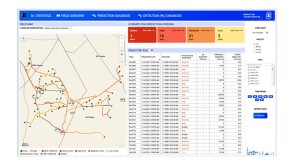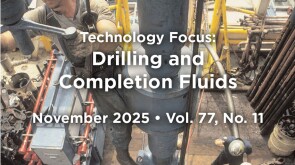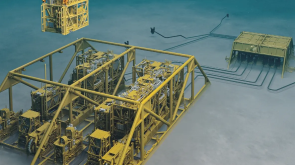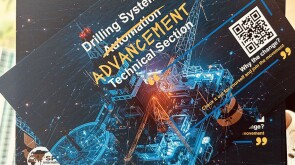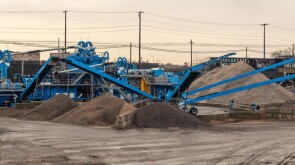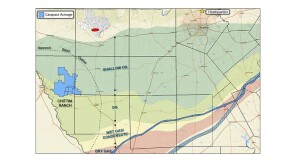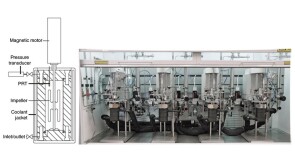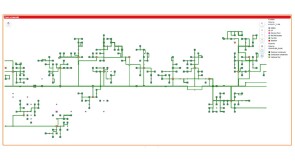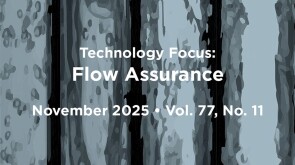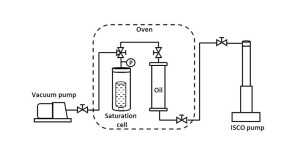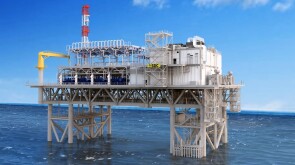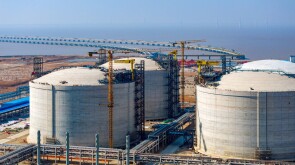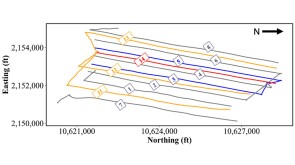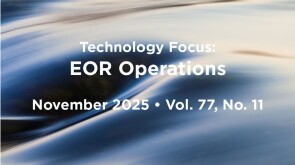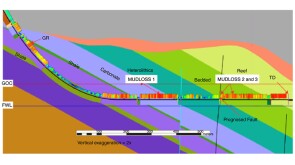Trending Content
Power Up With JPT Newsletters
JPT Newsletter (Weekly).
All the top stories, trends, and tech.
JPT Unconventional Insights (Monthly).
Fresh takes on shale and tight oil.
In lifting force majeure, TotalEnergies says it will restart construction on its Mozambique LNG project as soon as the government agrees to a revised budget and schedule which targets shipping first product in 2029.
Supermajor aims to start appraisal activities in 2027 and is evaluating development possibilities for the deepwater find offshore Brazil, which is the company’s largest discovery in 25 years.
A new Eni/Petronas venture is targeting 500,000 BOE/D in output from combined upstream portfolios across Malaysia and Indonesia.
-
The merger creates one of the largest oil-focused independents in the US with output of 526,000 BOE/D.
-
BPX Energy will retain operatorship of the assets after the sale of its interests to private investment firm Sixth Street is complete.
-
Thailand’s PTTEP is partnering with subsea joint venture SLB OneSubsea to expand capacity across two fields offshore Malaysia.
-
A collaboration between a large independent and a technology developer used low-cost interventions to optimize production from unconventional wells.
Get JPT articles in your LinkedIn feed and stay current with oil and gas news and technology.
Voices From the Industry
-
This article is the fifth in a Q&A series from the SPE Research and Development Technical Section focusing on emerging energy technologies. In this edition, Shantanu Agarwal, founder and CEO of Mati Carbon, discusses how the company’s approach to carbon removal led to winning the Musk Foundation’s XPRIZE in 2025.
-
EERC CEO Charles Gorecki outlines how applied research in North Dakota is helping improve oil recovery, reduce emissions, and advance carbon storage.
-
2025 has seen an 81% year-on-year rise in the number of small modular reactor (SMR) designs to have secured at least one source of funding or a funding commitment.
-
Adaptability, collaboration, and digital technologies are all pages in Aramco’s oilfield R&D playbook.
President's Column
-
Jennifer Miskimins shares her vision for the year ahead—rooted in SPE’s new tagline, “Solutions. People. Energy.”—and outlines how the Society can meet growing global energy needs, support members, and shape the industry’s future.
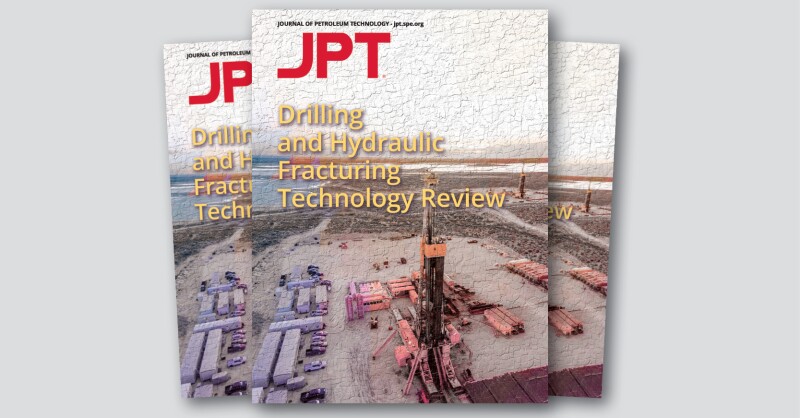
JPT Drilling and Hydraulic Fracturing Technology Review
Bold ideas, big impact. Creative thinking is reshaping unconventional development and cutting costs. Read more here.
-
SponsoredSince 1997, intelligent completions have transformed reservoir management, but adoption remains limited due to perceived complexity. The industry reached a pivotal moment with the development of next-generation technologies that address longstanding challenges and offer simpler operation solutions.
-
SponsoredKongsberg Digital’s mobile companion to the SiteCom platform is designed to keep wellsite insight close at hand, wherever the job takes you.
-
SponsoredAltitude Energy Partners optimized drilling efficiency by minimizing dysfunctions and protecting downhole components. Their directional drilling team ensured consistent curves and laterals through precise BHA design, modeling, and trajectory control—reducing nonproductive time and drilling costs, and achieving a 100% improvement in efficiency by pad completion.
-
SponsoredAs operators strive to increase production under tighter budgets, traditional downhole diagnostics are falling short—too costly, complex, and time-consuming. Seismos Acoustic Friction Analysis (SAFA) offers a smarter, surface-based alternative. This white paper explores how SAFA enables real-time treatment optimization, better fracture performance, and substantial cos…
Technology Focus
Recommended for You (Login Required for Personalization)
-
The ninth annual SPE ATCE Startup Village celebrated some of the most promising emerging technologies in the energy sector, highlighting the entrepreneurial spirit driving innovation in oil, gas, and low-carbon solutions.
-
The freely accessible online platform is the latest in a series of maps designed to reveal the continent’s untapped geothermal potential.
-
A 15-year SPE member, he will oversee the Office of Fossil Energy and the National Energy Technology Laboratory, managing a $5-billion R&D portfolio spanning coal, oil, natural gas, and critical minerals with the goal of advancing affordable and reliable energy solutions.
Content by Discipline

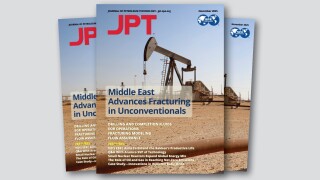



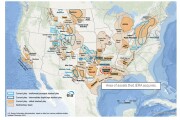







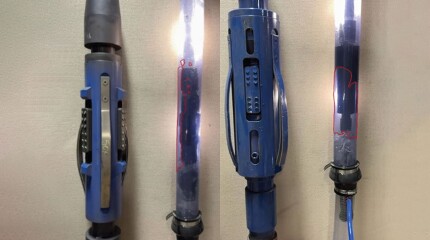




![JPT_2025-09_GuestEd1_SS_382853197[4].jpg](https://assets.spe.org/dims4/default/4883523/2147483647/strip/true/crop/850x475+0+46/resize/295x165!/quality/90/?url=http%3A%2F%2Fspe-brightspot.s3.us-east-2.amazonaws.com%2F8a%2F95%2Fe4e82cb54fd597d497a5b1267f8a%2Fjpt-2025-09-guested1-ss-3828531974.jpg)
